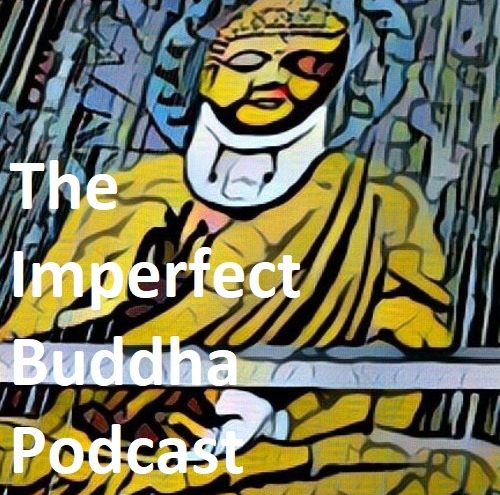With Mindfulness of the mind we are learning to recognise and acknowledge the whole range of mental formations as they arise in our experience. Feelings were defined as qualitative sensations of experience and are mental formations in themselves, but what constitutes mental formations exactly? They are the content and activity of the mind. The mind itself doesn’t exist as a separate entity, or permanent fixture, so we can only really know the mind by being conscious of its content. Consciousness allows us to be aware of mental formations. The mind then is understood as the flow of mental activity which is subject to frequent change.
The idea of the mind and consciousness can become complicated rather quickly and lead one down the road of philosophising. As these blog posts are primarily concerned with the experiential dimension of practice and enquiry, let’s accept for now that there is consciousness and there is content and that mindfulness here means bringing awareness and insight to the latter, which I have placed into categories below;
1. Mental processes; thinking, imagining, fantasising, judging, reasoning, desiring, remembering, and forgetting, and so on. It includes mental formations such as beliefs, ideas, doubts, and views and more.
2. The quality of attention and awareness; sharpness, drowsiness, sleepiness, distraction, concentrated, unconcentrated, open, curious, disinterested, scattered, cramped, aware, unaware, etc.
3. Mental/emotional states; jealousy, irritation, annoyance, boredom, bliss, delusion, aversion,desire to harm, desire to help, excitement, etc.
4. Emotional states; love, anger, fear, courage, empathy, compassion, etc.
Basically anything that you can define within personal experience is a mental formation of some form or other. Each has its own distinct form and flavour. None of them constitute a self or me and none of them are permanent. They have a duration and their intensity waxes and wanes. Some can be considered as explicitly positive and negative. Some are preferable to others. Some we covet and others we push away, or may not have met yet. In practising mindfulness the content is not so important. What matters is how you relate to it. The 7 factors of mindfulness remain the same as does our need to apply them to each of these phenomena as they arise in our everyday experience.
Pages: 1 2

